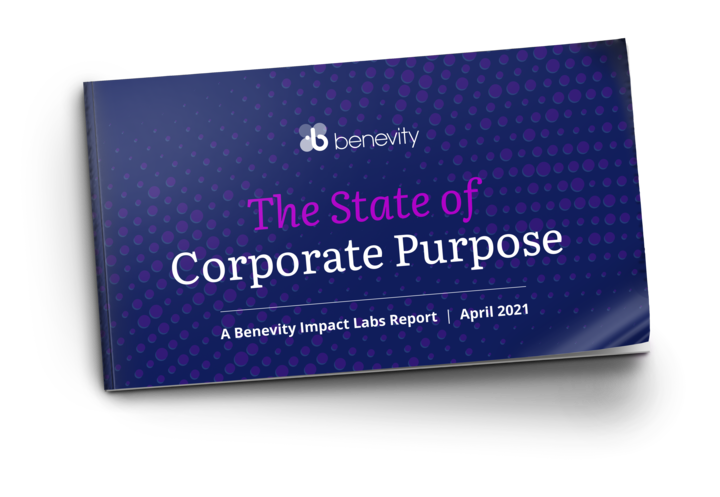Top causes supported through
customer initiatives
Looking at the top cause categories supported by customers of our corporate clients, we see several similarities to the top categories for both employee and corporate giving.
The cause categories are reflective of the challenges of last year — human services, food banks, education, health and civil rights. Perhaps the most surprising result was religious organizations coming in at number two. As outlined in the Grassroots Passions Fuel Collective Movements section of this report, this indicates a significant demand and opportunity for more companies to consider making religious causes available to donors — either with or without a match — as a way to deepen community engagement.
Mental health, which is a growing concern as the effects of the crises in 2020 linger, landed just out of the top 10 at number 11.



